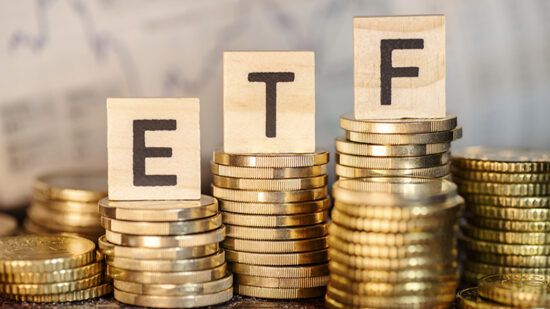Government bonds have been deeply unpopular with European investors for a number of years. Six in 10 of the fund selectors attending Expert Investor’s Pan-European Congress in Rome last week plan to decrease their allocation to the asset class over the next 12 months, while another 17% have sold off their entire government bond holdings.
Inflation-linked government bonds, however, are not quite as unpopular. At the end of 2015, investors were fretting about deflation and inflation-linked bonds were being sold off as most were trading on negative yields. Now, eurozone inflation has reached 2%, and inflation protection is back on the agenda.

Over the past year, inflation-linked bond funds already saw net inflows of more than €13bn from European investors. Inflation-linkers are also by far the most popular fixed income asset class with Congress delegates: of the 61% who use them, a large majority plan to increase their allocation further over the next 12 months.


“I’m positive on inflation-linked bonds,” said Anh Nguyen, a fund analyst at the private bank Nagelmackers in Belgium, taking part in a panel discussion on constructing fixed income portfolios. “The inflation break-even is still at 1.3% in Germany. If you expect inflation to hit the 2%-target, there is still room for more performance of inflation-linked bonds.”
Duration management
But at the same time, Nguyen reminded the audience that the bulk of the return on inflation-linked bonds still comes from duration.







